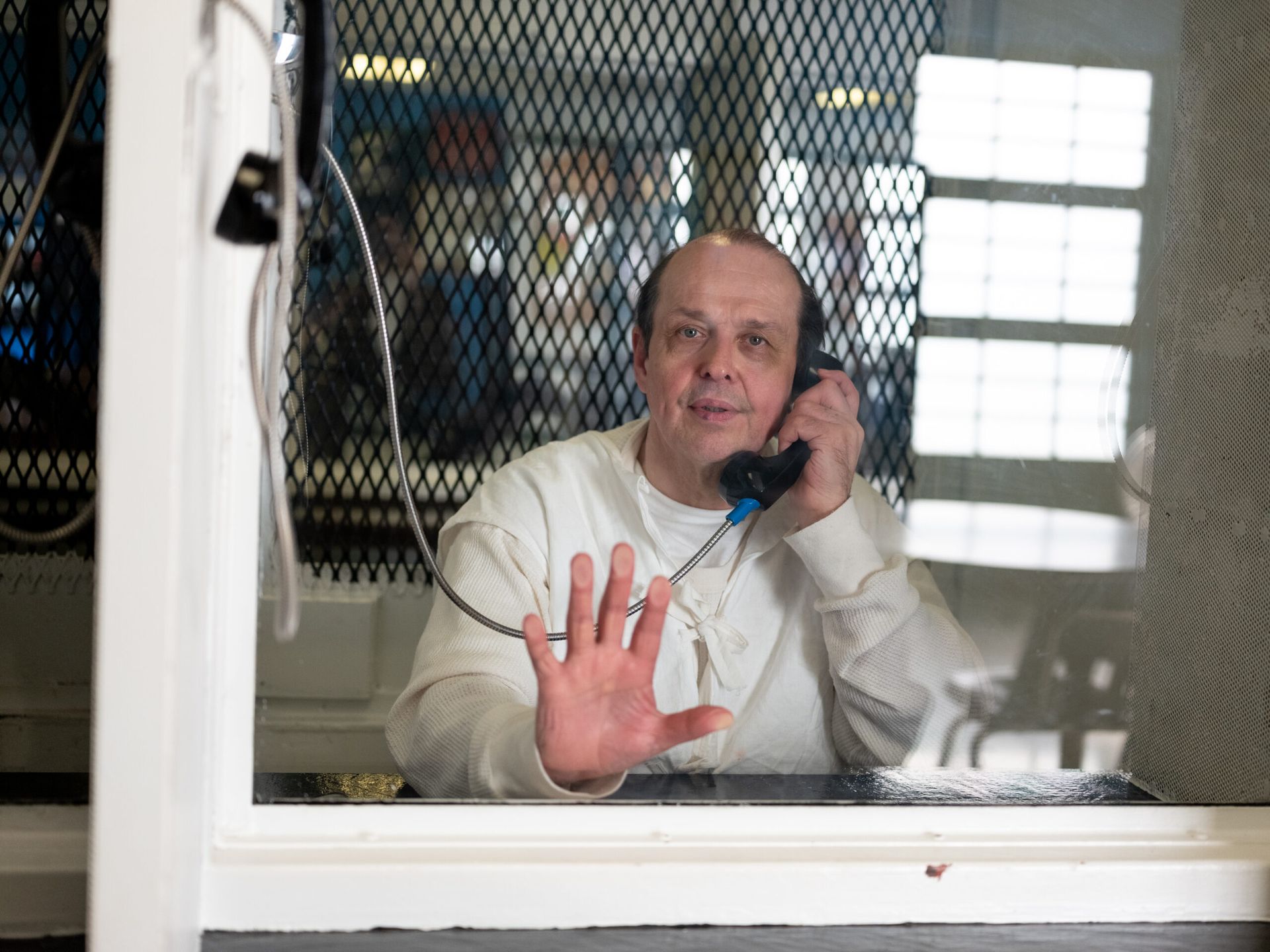Texas Man Sentenced to Die for Crime That Never Occurred
Shaken baby syndrome now ruled as ‘scientifically unreliable’ in courts.

Robert Roberson was convicted of killing his sickly 2-year-old daughter, Nikki Curtis, after he rushed her blue, limp body to an emergency room in 2002. He said that the two were sleeping in their Palestine, Texas home when he awoke to find Nikki unresponsive, having fallen off the bed. But doctors and nurses quickly suspected child abuse, disbelieving that such a short fall could have caused the fatal injuries.
Instead, doctors testified at trial that Nikki’s injuries were consistent with shaken baby syndrome, where an infant is killed from being violently shaken back and forth, and jurors found him guilty of capital murder. In 2016, he was set for execution.
But the Court of Criminal Appeals halted the execution, sending the case back to the trial court for further review after the scientific consensus on shaken baby syndrome shifted. The second look was largely thanks to a 2013 state law, dubbed the “junk science law,” which allows Texas courts to overturn a conviction when the scientific evidence used to convict a defendant has since changed or been discredited.
Since Nikki’s death, experts have become much more divided on the certainty of the syndrome. Many doctors stand by such diagnoses, but others, including the doctor who is first credited with observing the condition, think it is used too often in criminal cases. They believe baby deaths are too often labeled murders without considering other possibilities and medical histories.
Roberson’s attorneys argued that new scientific evidence suggested it is impossible to shake a toddler to death without causing serious neck injuries, which Nikki did not have. They argued the symptoms used to diagnose shaken baby syndrome have now also been linked to other conditions as well, including head trauma from short-distance falls. The prisoner’s attorneys also urged the court to look more into Nikki’s medical history, including a history of breathing problems and head injuries, as well as a violent illness that led to a hospital trip only days before her death. Roberson’s lawyer said in 2021 that Nikki had undiagnosed pneumonia at the time of her death.
But Anderson County prosecutors said the evidence to convict Roberson was still “clear and convincing,” arguing that the science on shaken baby syndrome had not changed as much as defense attorneys claimed. After reviewing the case, a local judge in 2022 recommended the Court of Criminal Appeals deny Roberson’s request to overturn his conviction, stating there was insufficient evidence to do so. In January 2023 Texas’ high criminal court agreed.
Roberson must now rely on the mercy of the Republican governor Greg Abbott.
Roberson could be the first person executed in the U.S. based on the discredited shaken baby hypothesis. He languishes on death row, unable to support his other children, because Texas courts have ignored advancements in science and compelling new medical evidence not heard by the jury that prove that no crime occurred and that he is innocent.
“Robert Roberson is an innocent father who has languished on Texas’s death row for 20 years for a crime that never occurred and a conviction based on outdated and now refuted science,” the prisoner’s lawyer, Gretchen Sween, said. “To lose a child is unimaginable. To be falsely convicted of harming that child is the stuff of nightmares.”
Here's how you can help Robert Roberson fight to prove his innocence.
- Sign the petition and send him a note of support. As Roberson fights to prove his innocence and reunite with his children, add your name to this petition to stop this grave injustice and send him an uplifting letter to keep his spirits up on Father’s Day. These notes of support let him know that people still care about his case and are behind his fight for freedom.
2. Share Roberson’s story far and wide especially to those in Texas. You can share this story, "How You Can Help a Loving Father Sentenced to Death in Texas for a Crime That Never Occurred" from the Innocence Project on your social media pages.
3. Read more about Roberson's case from his page at the Innocence Project website.










